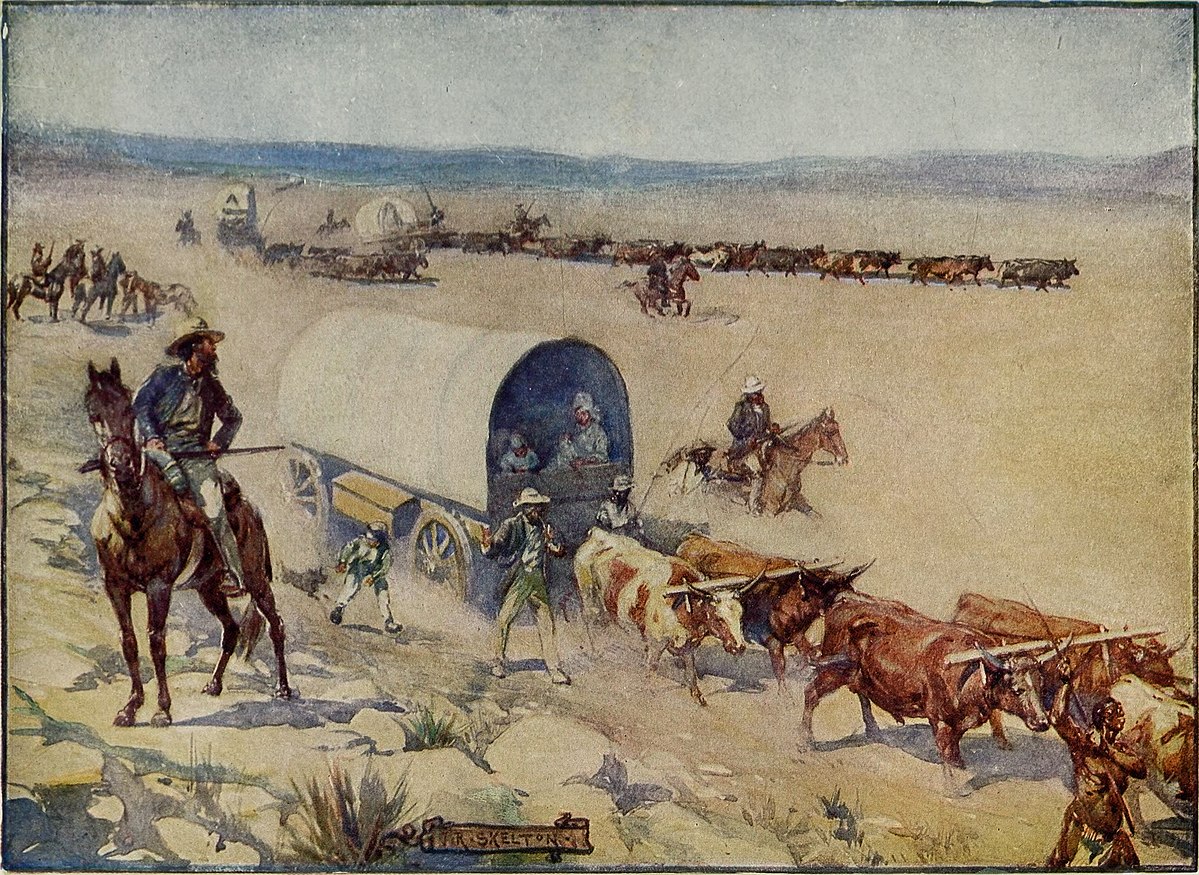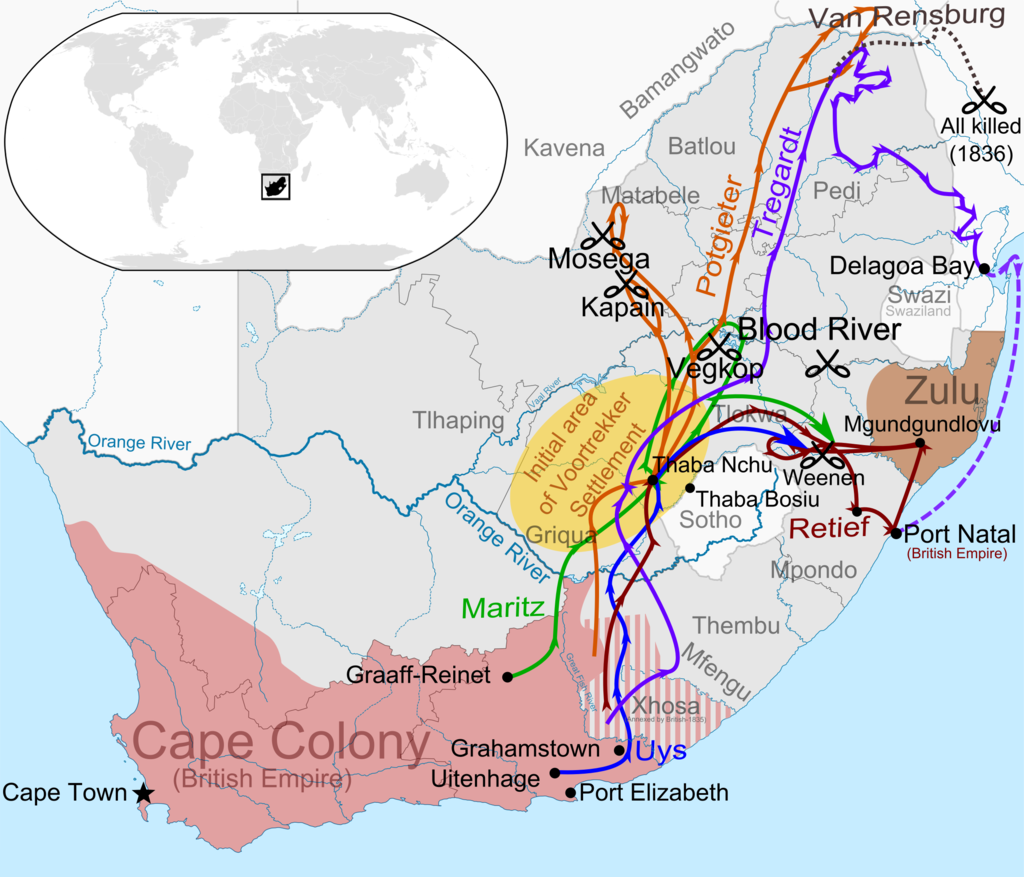Creation of The Story of Transvaal
In 2019 I moved into a house on Paul Krugerlaan in the beautiful Transvaalkwartier. As a history teacher, I naturally wanted to know more about the history of my new residential area. I started researching and discovered a fascinating, ancient history! The story ran from the Netherlands to South Africa, via England and India. It was about war, nationalism and colonialism, but also freedom struggle, resistance and heroism! This is The Story of Transvaal.
Those who know the history feel more connected to their neighborhood. It contributes to a feeling of pride and respect for the environment. It is good to discuss history, even if it is sometimes painful. I therefore thought that The Story of Transvaal deserved more attention.
I wrote to the Municipality of The Hague and was invited for an interview. They put me in touch with Myrthe Cools, The founder of Tegelweetjes in Regentes/Valkenbos. One thing led to another and now The Story of Transvaal and Tegelweetjes complement each other into one beautiful whole!
Guided walk.
Are you interested in a guided walk through Transvaalkwartier? On request, I am happy to guide groups of interested people through my beautiful neighborhood.
Send an email to: verhaalvantransvaal@gmail.com
Philip Dubbeldam
The Transvaal Story
This district is not just called ‘Transvaalkwartier’. There is a special and surprising story behind this. A story about a shared history of the Netherlands and South Africa. During this walk you will learn more about this history.

Some Tegelfacts on the route have an orange border. In addition to providing information about the place and the buildings, these facts also provide information about the history of the Netherlands and South Africa. In order to place this information correctly, it is important that you first read the story of Transvaal.
For the order of the story, it is best to follow the route from Kaapseplein to Paul Krugerplein (see map), but you can also scan the tiles in any order.
How did it come about that a residential area in The Hague was named after a no longer existing republic in faraway South Africa?
This is due to the ‘Boer Wars’. These were two wars, in which Boers; descendants of Dutch and other European settlers in South Africa, fought against the then powerful British Empire. This led to a wave of nationalism in the Netherlands. The Boers were seen as ‘a branch of the Dutch tribe’. The fact that the Boers held out for a long time in this unequal battle was much admired and they were seen as heroes. Transvaal neighborhoods and Afrikaander neighborhoods emerged in various places in the Netherlands. These types of residential areas appeared in Amsterdam, Arnhem, Haarlem, Baarn, Leeuwarden and therefore also in The Hague. The streets and squares in these neighborhoods are named after fighters and politicians from Transvaal or refer to places in South Africa.
Nowadays people are more critical of the role of the Boers, because of the link with racism and Apartheid politics. Some places have therefore been given a new name. A good example of this is Mandelaplein in the Transvaalkwartier in The Hague. During your walk, pay attention to the street signs. Many signs have a caption that provides more information about the person or place in question.

The name Transvaalkwartier refers to the former Boer Republic of Transvaal. The official name was ‘South African Republic’. Transvaal was an independent country in the second half of the 19th century. The country was ruled by the Boers. These were Dutch-speaking descendants of European colonists. They originally lived in the Cape Colony. The Cape Colony was founded in 1652 by the Dutch VOC on the southernmost tip of Africa (the Cape). This was followed by an influx of settlers. The Dutch and other European settlers lived in the Cape Colony mainly as simple cattle ranchers. They gradually developed their own identity and became ‘Afrikaners’, or Boers.
The Cape Colony was conquered by the mighty British Empire in 1852. Many Boers then left for the north. This is called the ‘Great Trek’. In the north they founded independent Boer republics. Transvaal was one of them. In 1877 the British conquered Transvaal. The Boers successfully revolted against this in 1880-1881 and reconquered the country. We call this uprising the ‘First Boer War’.

After this victory, Transvaal changed from a moderately organized and bankrupt country to a stable and wealthy Boer Republic under the leadership of President Paul Kruger. This was partly due to the discovery of gold near Johannesburg. However, this discovery led to increasing tensions with the British. This would lead to the Second Boer War of 1899-1902. Here Transvaal fought against the British. The war was lost by the Boers after a fierce battle and in 1902 Transvaal was definitively annexed by the United Kingdom. In 1910 the area was renamed the Transvaal Province of the Union of South Africa.
The gold in Transvaal led to a large influx of foreign workers. In addition, the country was still inhabited by an indigenous black majority. They were treated as an inferior people by their white rulers. After the colonization of South Africa by the Dutch, the original inhabitants were enslaved. After the British conquest, slavery was abolished, after which tensions between white and colored residents increased.

In 1914, politician Barry Hertzog started the National Party. This political party was against cooperation with the British and fought for segregation of colored and white people. When the party entered parliament, Hertzog began tightening the racial laws. Land ownership was limited, voting rights were abolished and reservations were reduced for black Africans. His party colleague Daniël François Malanging even further. According to Malan, black South Africans were underdeveloped and should remain so. He is seen as the inventor of ‘Apartheid’. Apartheid was a system of laws that aimed to separate the white and colored population of South Africa.
The Apartheid policy would continue to exist in South Africa until the 1990s. Then it was abolished under great international pressure. The Netherlands played an important role in this. In 1994, the first elections were held in which all South Africans, regardless of skin color, were allowed to participate. Nelson Mandela was then elected as the first president of color of South Africa.


